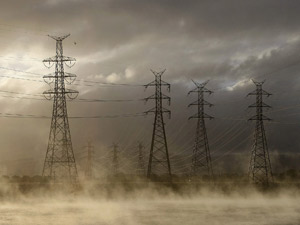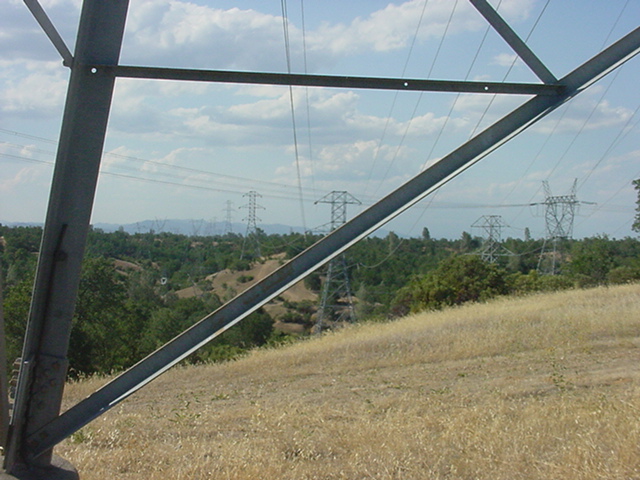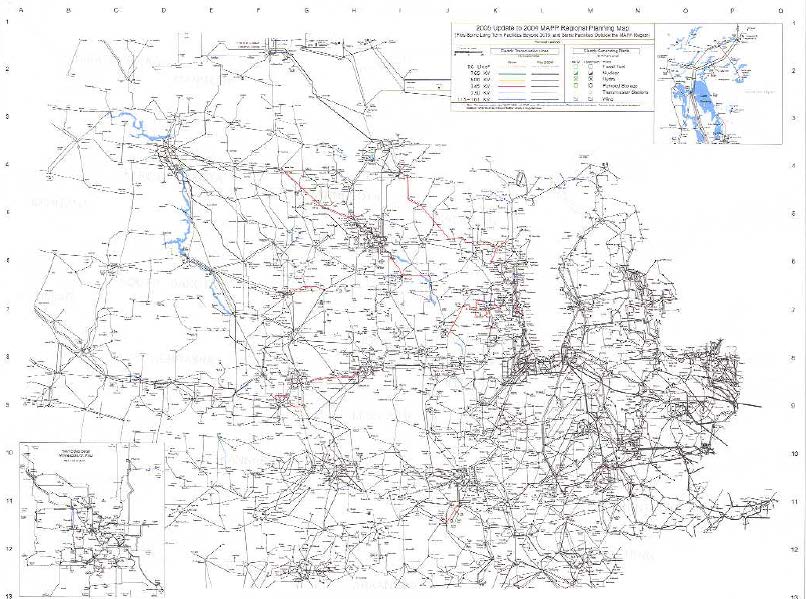NIETC Transmission Corridors… AGAIN? MORE?
May 12th, 2023

Here we go again. The DOE has announced another round of National Interest Electric Transmission Corridors and maybe coming to your community!
The most important info isn’t published yet, but once it is, and we know all the details:
The Notice of Intent and Request for Information: Designation of National Interest Electric
Transmission Corridors will be published May 15, 2023, at that time, the blanks will be filled in:
RULES! PUC’s 7849 & 7850
October 12th, 2021

Can it be?!?! The rulemaking based on the 2005 statutory changes was published in the state register today. TODAY… 2005… SIXTEEN YEARS, and NINE YEARS since this 12-1246 docket was opened. Comments are due by November 17, more on that below.
The Public Utilities Commission did one hell of a job delaying until BILLIONS of CapX 2020, a/k/a CapX 2050 and Grid North Partners and MTEP MVP projects were rammed through. Public interest anyone? Naaaaaaah…
Here it is — First the Notice (60 page service list!), then Statement of Need and Reasonableness (SONAR) and then the proposed rules (yeah, 120+ pages):
Comments are due November 17th:

Here’s the catch — they are planning on putting these through without a hearing before an Administrative Law Judge, UNLESS there are at least 25 requests for a hearing — I think that can be arranged. Here are the details, note that they must be “valid” requests, which means explain in short what you want differently in the rules:

ONWARD! SIXTEEN YEARS… UNREAL!
More transmission? They’re nuts!
August 19th, 2019
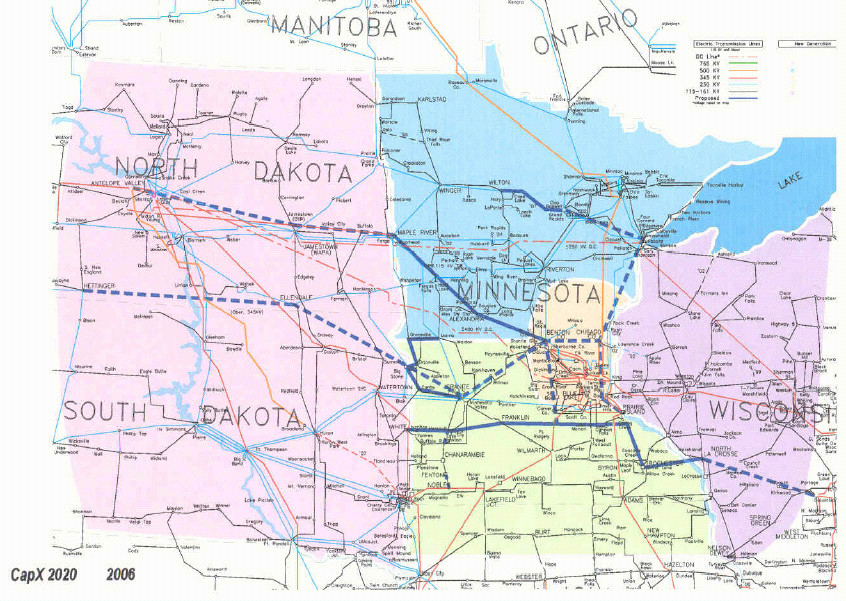
I saw this today and it’s nauseating.
First there was CapX 2020 transmission (following Arrowhead transmission, which was supposed to be the be-all and end-all of transmission)(and the SW MN 345kV line, precursor to CapX 2020. CapX transmission was based on a forecasted 2.49% increase in demand, which as we know, didn’t happen.

And there was the MISO 17 project MVP Portfolio:

Tomorrow, the Wisconsin Public Service Commission is making its decision regarding the Cardinal-Hickory Creek project, the southern part of #5 above, and the LAST of the MVP projects to go through state administrative approval.
So today, this is in the STrib:
Minnesota utilities will study if the $2B CapX2020 grid improvements were enough
By Mike Hughlett Star Tribune AUGUST 19, 2019 — 3:05PM

Photo: DAVID JOLESA utility worker assesses electrical power lines in south Minneapolis.
So that said, here’s Xcel Energy’s Integrated Resource Plan’s Appendix on transmission:Xcel IRP – Appendix I – Transmission & Distribution – from 20197-154051-03Download
The schedule for IRP hearings was just released, it’s in October, so there’s time to make time for it:
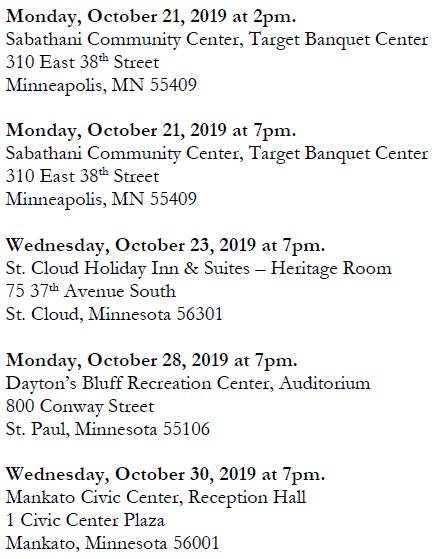
We know Xcel Energy gets a “handsome” rate of return for transmission capital expenditures (hence “CapX transmission), so of course they want to build more. The IRP is our time to tell them how they should get the electricity they need, whether their plans are making any sense.
How about shutting down some of those coal plants, and freeing up some capacity? How about siting solar on every rooftop, over every parking lot, putting the generation at load so we don’t need transmission? Oh, but wait, that makes too much sense, especially where a utility wants to keep control of the generation, and the expenditures, and rake in the dough.
Time to pay attention to the IRP. URP!
Transmission…
August 21st, 2016
In the inbox today from an activist cohort, a poem by Thomas Lux:
Cucumber Fields Crossed by High Tension Wires
The high-tension spires spike the sky
beneath which boys bend
to pick from prickly vines
the deep-sopped fruit, the rind’s green
a green sunk
in green. They part the plants’ leaves,
reach into the nest,
and pull out mother, father, fat Uncle Phil.
The smaller yellow-green children stay,
for now. The fruit goes
in baskets by the side of the row,
every thirty feet or so. By these bushels
the boys get paid, in cash,
at day’s end, this summer
of the last days of the empire
that will become known as
the past, adios, then,
the ragged-edged beautiful blink.
What surprises me is when someone notices transmission, and in this case, Lux is jarred enough to think and write about it. It’s such a common part of our landscape that most people don’t notice it… that is, most people don’t notice it until they’re affected, and suddenly wake up to the reality of transmission, criss-crossing our country with its insidious web, noticing that it’s EVERYWHERE! Once your eyes are opened to transmission, it’s impossible to disregard.
U of M Humphrey “report” on CapX 2020
April 28th, 2016
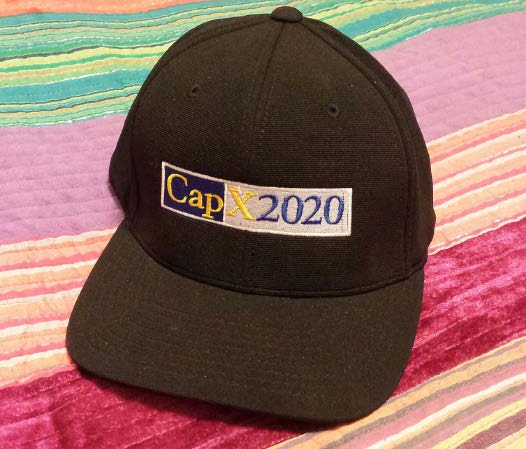
It’s out, the report from U of M Humphrey School of Public Affairs about CapX 2020, headlining it as a “Model for addressing climate change.“
Transmission Planning and CapX 2020: Building Trust to Build Regional Transmission Systems
Oh, please, this is all about coal, and you know it. This is all about enabling marketing of electricity. In fact, Xcel’s Tim Carlsbad testified most honestly that CapX 2020 was not for wind! That’s because electrical energy isn’t ID’d by generation source, as Jimbo Alders also testified, and under FERC, discrimination in generation sources is not allowed, transmission must serve whatever is there. And the report early on, p. 4, notes:
Both North and South Dakota have strong wind resources and North Dakota also has low-BTU lignite
coal resources that it wants to continue to use. New high-voltage transmission lines are needed to
support the Dakotas’ ability to export electricity to neighboring states.See also: ICF-Independent Assessment MISO Benefits
Anyway, here it is, and it’s much like Phyllis Reha’s puff piece promoting CapX 2020 years ago while she was on the Public Utilities Commission, that this is the model other states should use:
MN PUC Commissioner Reha’s Feb 15 2006 presentation promoting CapX 2020
So put on your waders and reading glasses and have at it.
Here’s the word on the 2005 Transmission Omnibus Bill from Hell – Chapter 97 – Revisor of Statutes that gave Xcel and Co. just what they wanted, transmission as a revenue stream:

And note how opposition is addressed, countered by an organization that received how much to promote transmission. This is SO condescending:
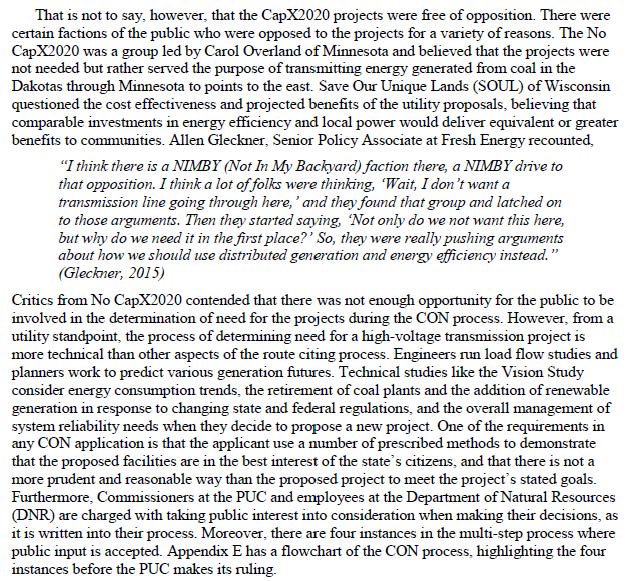
… and opposition discounted because it’s so technical, what with load flow studies, energy consumption trends, how could we possibly understand? We couldn’t possibly understand… nevermind that the decreased demand we warned of, and which demonstrated lack of need, was the reality that we were entering in 2008.
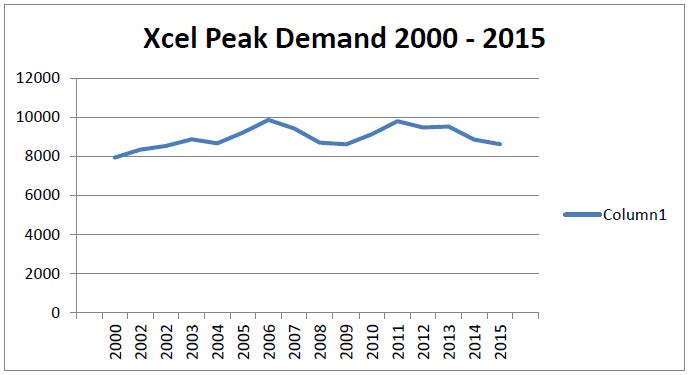
And remember Steve Rakow’s chart of demand, entered at the very end of the Certificate of Need hearing when demand was at issue??? In addition to NO identification of axis values, the trend he promoted, and which was adopted by the ALJ and Commission, has NOT happened, and instead Xcel is adjusting to the “new normal” and whining that the grid is only 55% utilized in its e21 and rate case filings. Here’s Steve Rakow’s chart:
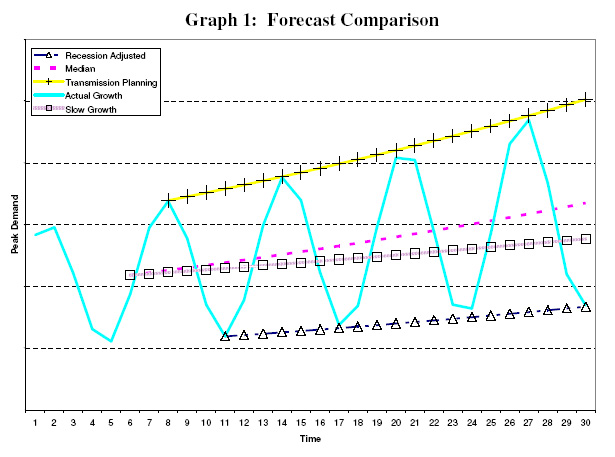
Reality peak demand trajectory was lower than Rakow’s “slow growth” line, in fact, it’s the opposite from 2007 to present. Suffice it to say:


